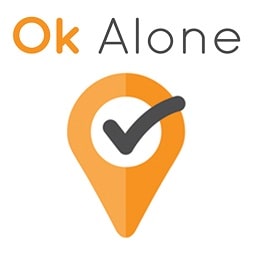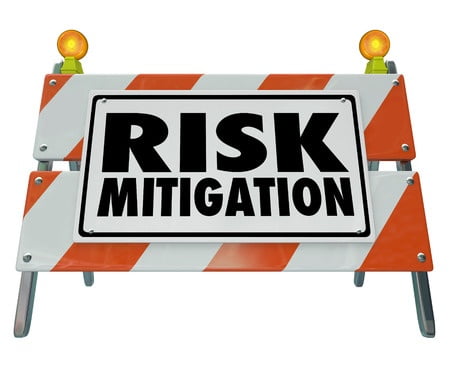What does lone worker risk really mean?
We often hear about lone worker risk. It’s talked about in a generic sort of way – you are on your own, so you’re at more risk. While this is true, it’s less common to see these risks broken down into meaningful categories that can be analysed. This article does just that and gives you some additional structure to consider as you develop your lone worker health and safety strategies and risk assessments. Let’s start by breaking risk down into three categories.
Accidents
In general, accident simply means an unplanned or unexpected event that causes harm or damage. From a workplace perspective, as you consider potential risks, that means looking at where people could slip, trip or fall. For example, your lunch room cafeteria or coffee room may have a beautifully tiled floor which is safe when it’s dry, but what happens if someone spills their drink? Does the surface suddenly become incredibly slippery? Does your health and safety policy need to have a special provision to cover the event of liquids being spilled on the floor and what to do about it? In addition to the written policy, do physical items such as, pylons, rope, rags, sawdust or caution signs need to be kept in the area to deal with the problem.
Illness
We most often think of illness as waking up with the flu or a bad cold and calling in sick that day. This however, only covers some of the ways a person can suddenly become ill. For example, simply leaning forward and standing up too quickly can cause a loss of blood pressure in your head. Dizziness or short term unconsciousness can result. Coming in contact with an allergen or unexpected toxic fumes can cause people to become incapacitated. There are also many documented cases of people being the victim of unexpected heart attacks or strokes, all of which can happen in the work place. Understanding the wellbeing of your staff will help you assess how much danger these risks pose. This is why health and safety teams need to work closely with human resource professionals as you develop your internal risk assessments for each job.
Attack
It’s unfortunate, but violence in the workplace is real. At its most basic level, workplace violence means any action or threat that can reasonably be expected to result in harm or injury to the employee. Angry customers fit that description. So would the recipient of a road rage attack or an irate supplier. These kinds of attacks are often covered in a bullying and harassment policy, but it’s worth keeping this in mind as you look at lone worker safety policy too. The consequences can be severe and include decreased job satisfaction and performance, lower morale, and a public perception that this isn’t a safe place to work, none of which is good.
This should give some ideas as you assess your own lone worker risk. Want more help? Why not download our free “Lone Worker Safety Monitoring Risk Assessment Guide” now?

The Ok Alone team writes informative articles about lone working. Through our articles, we aim to educate readers on the benefits and best practices of using our lone worker app, and how Ok Alone can help mitigate risks and enhance communication between workers and monitors. Learn about other areas including legislation, risk management, and legal compliance plus lone worker features such as man down, high-risk check ins and location monitoring.

